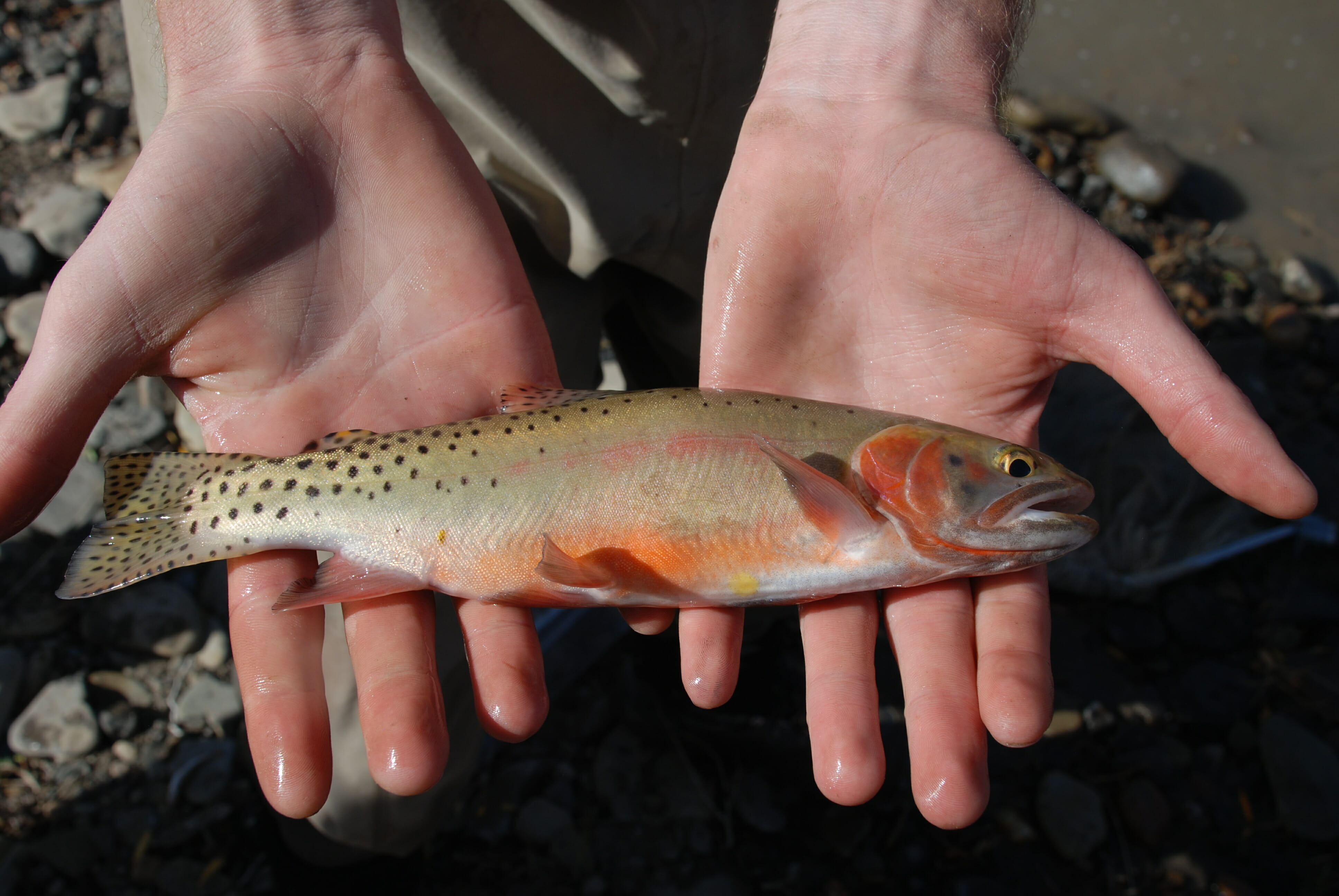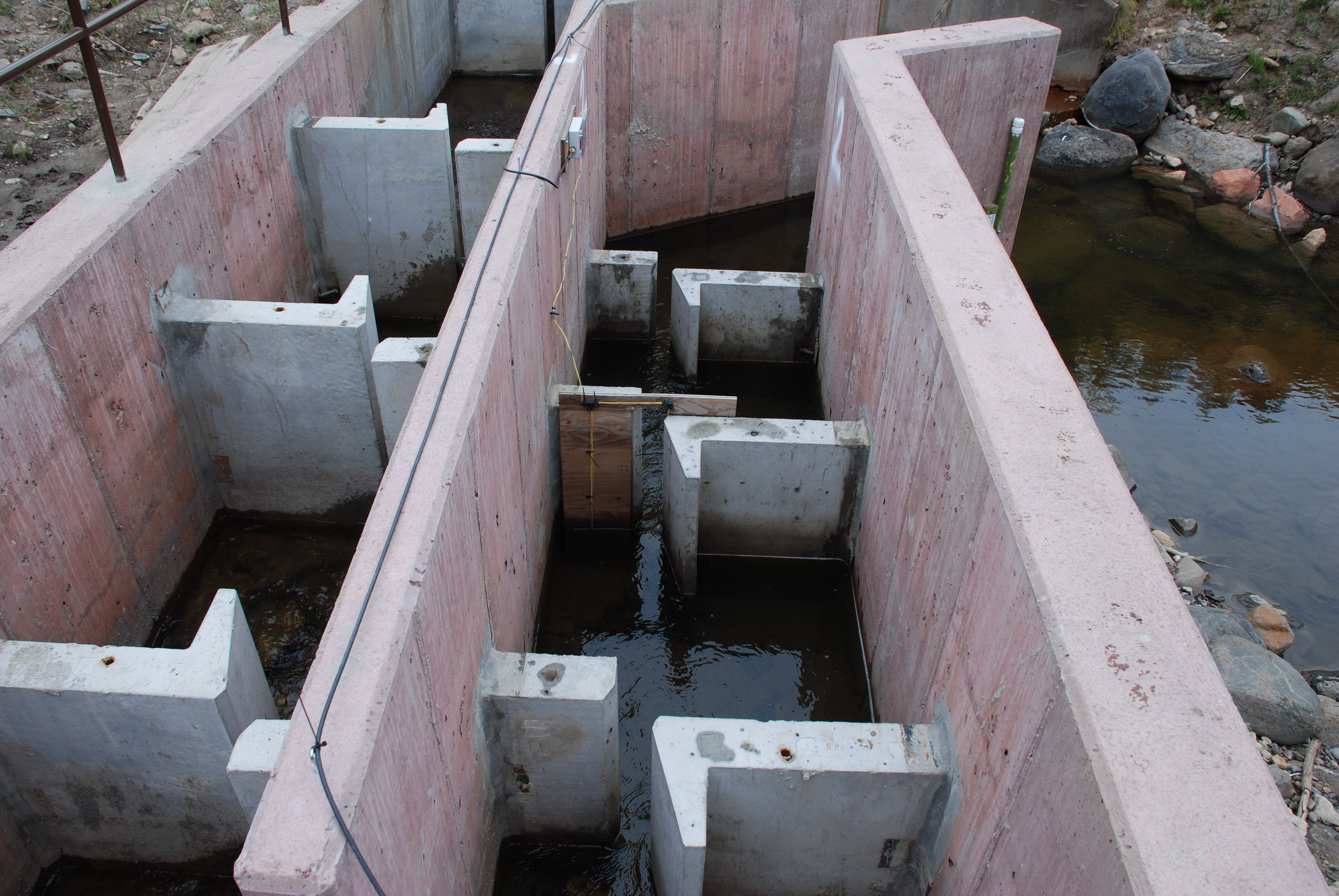
Trout Unlimited has a diverse research and monitoring program focused on understanding the basic ecology and habitat requirements of Colorado River cutthroat trout. This work, done with various state and federal partners, helps us identify key habitat needs throughout the year so we can restore and protect important aspects of trout environments, such as over-wintering, spawning and thermal refuge habitats. A key aspect of our work is effectiveness monitoring, evaluating different technologies to develop best monitoring practices and verifying that fish are able to move through sites where we have removed passage barriers.
Resources
In 2014, TU and the U.S. Forest Service implemented a fish ladder project to restore passage of Colorado River cutthroat trout through a long-impassable culvert. To evaluate ladder effectiveness, TU and its partners PIT tagged cutthroat trout and conducted a companion study on their movement. Approximately 4 percent of all tagged trout approached or encountered the fish ladder, and 100 percent of trout that approached the ladder succeeded in entering and navigating it. Our results suggest fish ladders can be an effective means for restoring passage when barrier removal is not an option.

Trout Unlimited and Colorado Parks and Wildlife used radio telemetry to track the seasonal and temperature-related movements of Colorado River cutthroat trout in a Rocky Mountain stream. In 2014, 36 trout were implanted with radio transmitters and tracked across time and space. The fish were surprisingly mobile. For example, in the spring, 96 percent of fish displayed a migratory life history and swam more than a mile upstream to spawn. Results of our telemetry study showed fish will occupy some habitats only seasonally, and that they will move considerable distances between habitats to fulfill life history requirements.
The primary goal of our 2015 study was to test the effectiveness of portable PIT antennas for tracking fish movement in natural environments and over relatively long periods of time. An ancillary goal of the study was to evaluate the range of movement among Colorado River cutthroat trout. We observed while the portable PIT detectors could be used to relocate PIT-tagged fish, their application was limited by a small detection range. We also observed that, at least in this instance, cutthroat trout were relatively sedentary during summer months (e.g., 50 percent of cutthroat moved less than 70 feet).


